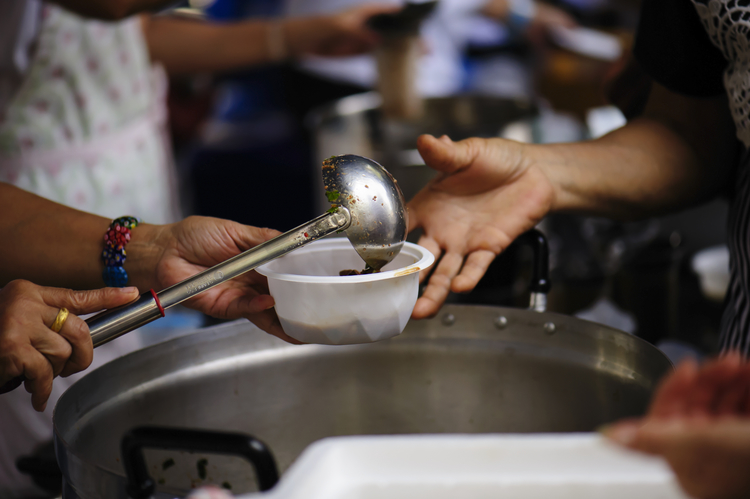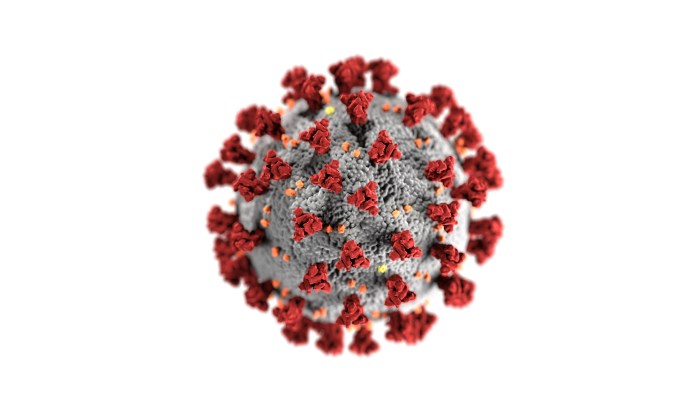Long Island Cares, one of the region’s largest food banks, has seen a 72 percent increase in the number of new people requiring the support of local food pantries amid the coronavirus pandemic.
In the past three months, the nonprofit has increased their food purchasing by 39 percent — 3.6 million pounds of additional food, or 4,537,541 meals — to keep up with the 48,973 new customers.
“For the past two months, everything we’ve been doing at the regional food bank is to address the long-term needs of Long Islanders for food assistance,” Paule Pachter, CEO of Long Island Cares, told reporters at a recent news conference held outside the Harry Chapin Regional Food Bank in Hauppauge.
Long Island Cares established a COVID-19 response plan in March that focused on opening six emergency food distribution centers across the island. The organization manages 25 emergency food assistance centers across Nassau and Suffolk counties.
The nonprofit is determined to keep up with the steadily increasing need, and has created a timetable outlining the long-term effects of the pandemic that spans through Dec. 31. Their staff of 53 at the food bank has grown to 82 to help manage the new pop-up food distribution centers. The effects of the pandemic are vast, and can be seen all across Long Island.
“Many people look at the North Fork, and think of the beautiful beaches, the vineyards, the farms, the farm-to-table restaurants, the breweries, but they don’t think about the people who make those businesses work,” said Cathy Demeroto, executive director of Community Action Southold Town. “Our clients are the invisible thread that keep the North Fork together.”
In February, before the COVID-19 pandemic, Demeroto was overseeing 594 household food distributions and 12,150 meal donations in the North Fork. Last month, the numbers increased to 1,743 household food distributions and 23,318 meals. Pre-COVID-19, food expenses were about $1,200 a week. In the past week, Demeroto spent more than $10,000.
Although the numbers speak for themselves, Demeroto made sure to warn Long Islanders about the lasting impacts of the pandemic.
“This is not on the down slide right now,” she said. “We are still seeing incredible need.”
Related Story: 13 Ways To Donate To Help Fight The Coronavirus Pandemic
For more coronavirus coverage, visit longislandpress.com/coronavirus
Sign up for Long Island Press’ email newsletters here. Sign up for home delivery of Long Island Press here. Sign up for discounts by becoming a Long Island Press community partner here.




























